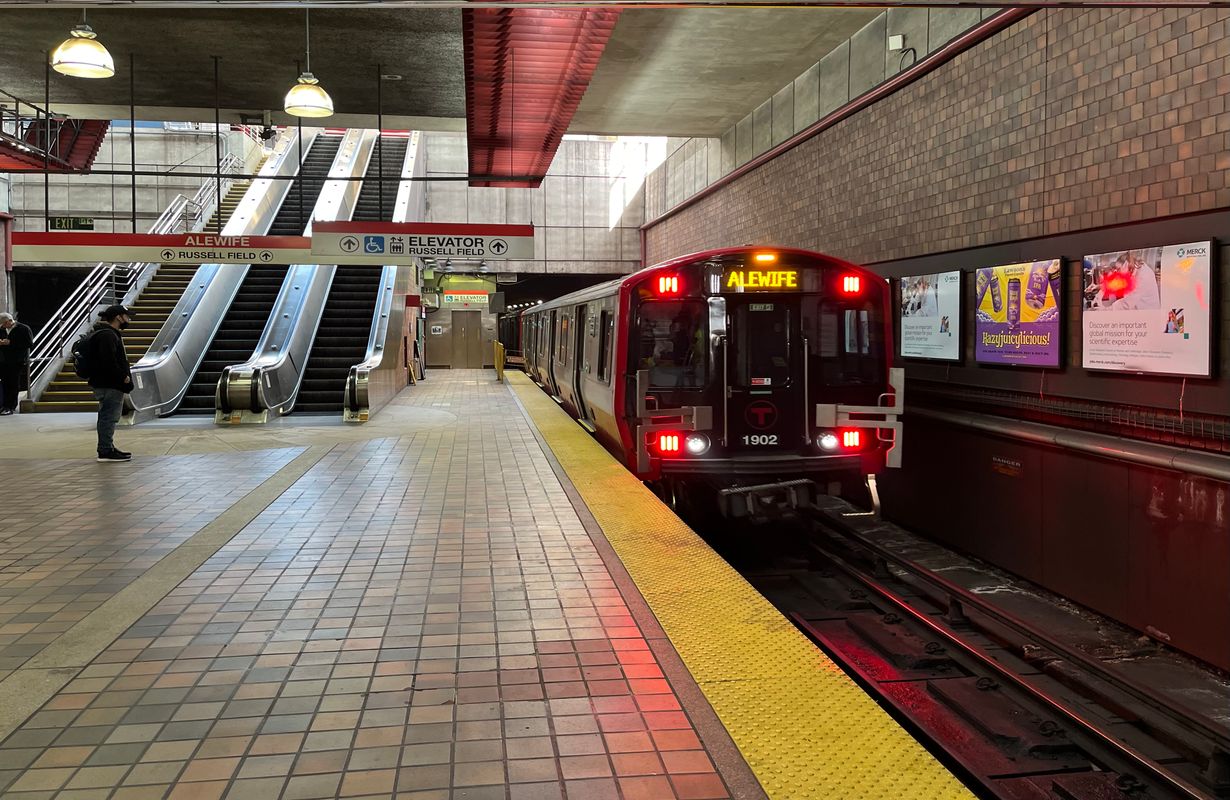
What is the MBTA? The Massachusetts Bay Transportation Authority, or MBTA, is the public transit system serving the Greater Boston area. Known locally as the "T," it operates buses, subways, commuter rails, and ferries. The MBTA is one of the oldest and largest transit systems in the United States. It began operations in 1897 with the opening of the Tremont Street Subway, the first subway in America. Today, the MBTA covers over 3,200 square miles and serves millions of passengers annually. From its iconic Green Line trolleys to the bustling South Station, the MBTA is a vital part of daily life in Boston.
15 Facts about MBTA
The Massachusetts Bay Transportation Authority (MBTA) is a vital part of Boston's daily life. Known locally as "the T," it has a rich history and many interesting features. Let's dive into some fascinating facts about this iconic transit system.
History and Origins
Understanding the roots of the MBTA gives insight into its significance.
-
Oldest Subway in America: The MBTA's Tremont Street Subway, which opened in 1897, is the oldest subway tunnel in the United States. It marked the beginning of rapid transit in America.
-
From Horse-Drawn to Electric: Originally, Boston's public transit began with horse-drawn streetcars in the 1850s. By the early 20th century, these were replaced by electric streetcars, paving the way for modern transit.
Infrastructure and Operations
The MBTA's infrastructure is extensive and complex, supporting millions of riders annually.
-
Extensive Network: The MBTA operates the fourth-largest transit system in the U.S., covering over 3,200 square miles with buses, subways, ferries, and commuter rail services.
-
Color-Coded Lines: The subway system is divided into four main lines: Red, Orange, Blue, and Green. Each color represents a different route, making navigation easier for riders.
-
Longest Subway Line: The Red Line is the longest of the MBTA's subway lines, stretching approximately 21 miles from Alewife in Cambridge to Braintree and Ashmont in the south.
Unique Features
Several unique aspects set the MBTA apart from other transit systems.
-
CharlieCard and CharlieTicket: Named after the folk song "Charlie on the MTA," these fare cards are used for easy access to the transit system. The song tells the story of a man who couldn't afford the exit fare and was doomed to ride forever.
-
The Green Line's Trolley Cars: Unlike the other subway lines, the Green Line operates light rail trolley cars. It's the only line with branches, splitting into four different routes.
-
Historic Stations: Park Street Station, one of the oldest in the system, has been in operation since 1897. It's a key transfer point between the Red and Green Lines.
Environmental and Technological Advances
The MBTA is committed to sustainability and innovation.
-
Hybrid Buses: To reduce emissions, the MBTA has incorporated hybrid buses into its fleet. These buses use a combination of diesel and electric power.
-
Solar-Powered Stations: Several MBTA stations are equipped with solar panels, contributing to renewable energy efforts and reducing the system's carbon footprint.
-
Real-Time Tracking: The MBTA offers real-time tracking of buses and trains through its website and mobile apps, helping riders plan their trips more efficiently.
Fun and Quirky Facts
Some lesser-known facts add a touch of fun to the MBTA's story.
-
Public Art: Many MBTA stations feature public art installations, ranging from murals to sculptures. These artworks enhance the aesthetic appeal of the transit environment.
-
Ghost Stations: There are a few "ghost stations" in the MBTA system, such as the abandoned Scollay Square Station, which was replaced by Government Center Station.
-
Annual Ridership: The MBTA serves over 400 million passengers annually, making it one of the busiest transit systems in the country.
-
Boston Marathon Special: On Marathon Monday, the MBTA provides additional services to accommodate the influx of spectators and participants, ensuring smooth transit during the event.
The Final Stop
The MBTA isn't just a transportation system; it's a lifeline for Boston and its surrounding areas. From its historic beginnings to its modern-day operations, the MBTA has evolved to meet the needs of millions. Whether you're a daily commuter or an occasional rider, understanding these facts can deepen your appreciation for this vital service.
Next time you hop on a train or bus, remember the rich history and the countless people working behind the scenes to keep everything running smoothly. The MBTA is more than just a way to get from point A to point B; it's a testament to the city's resilience and innovation. So, as you navigate through Boston, take a moment to appreciate the intricate network that keeps the city moving. Happy travels!
Was this page helpful?
Our commitment to delivering trustworthy and engaging content is at the heart of what we do. Each fact on our site is contributed by real users like you, bringing a wealth of diverse insights and information. To ensure the highest standards of accuracy and reliability, our dedicated editors meticulously review each submission. This process guarantees that the facts we share are not only fascinating but also credible. Trust in our commitment to quality and authenticity as you explore and learn with us.
